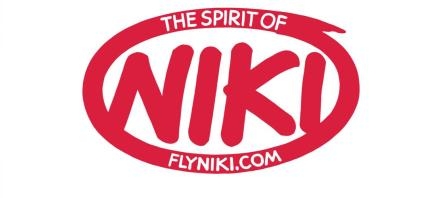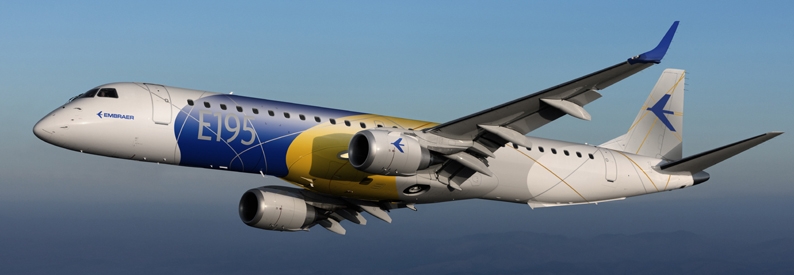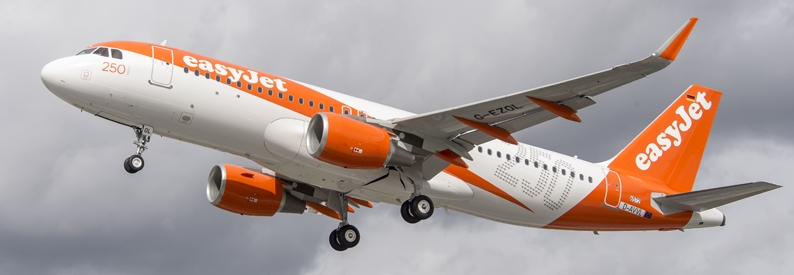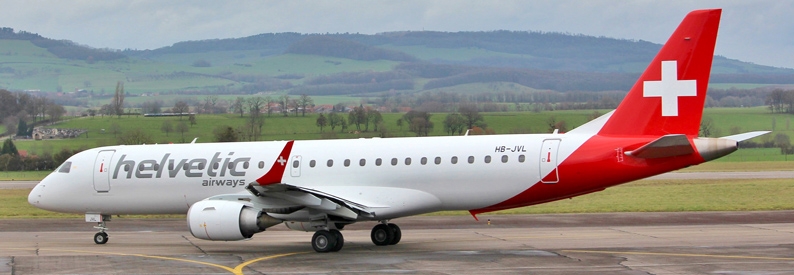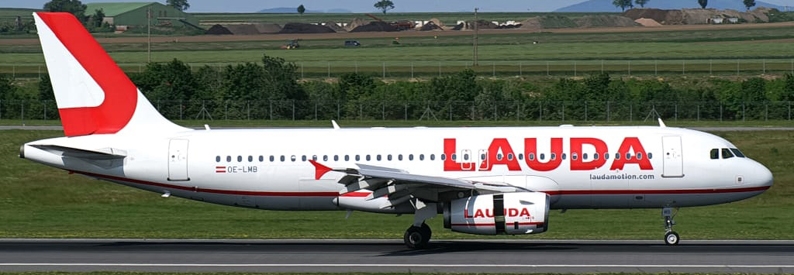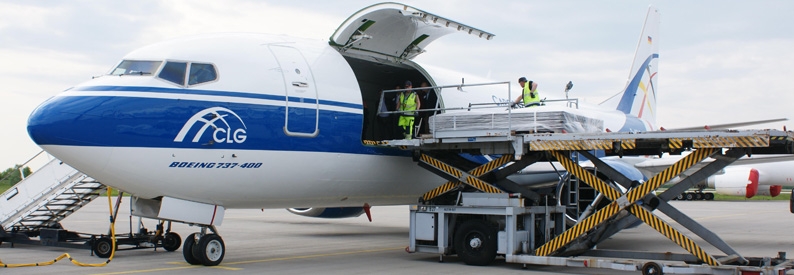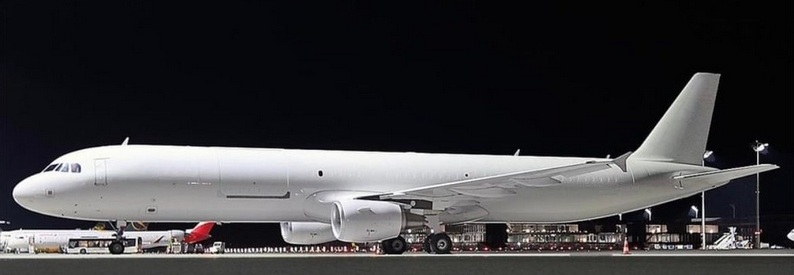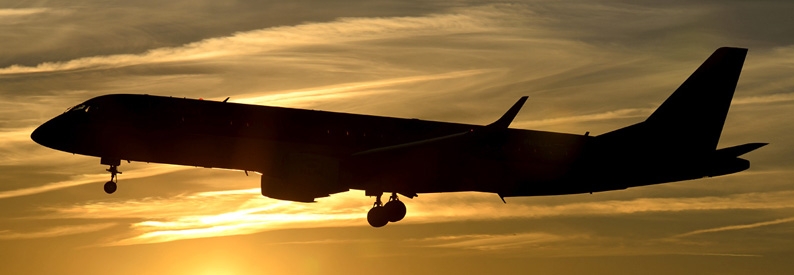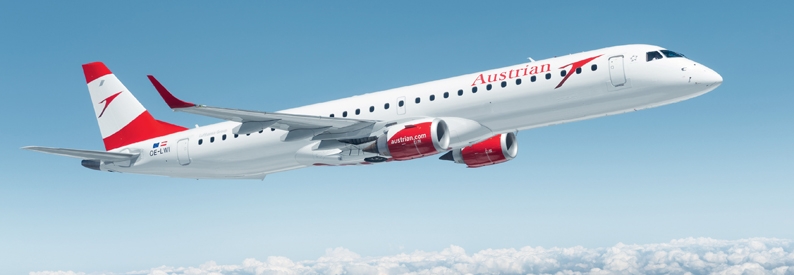The IAG International Airlines Group remains keen on the Austrian market despite having won and then lost ownership of Niki (Austria) (Vienna) earlier this year.
The European airline conglomerate had acquired Niki from bankrupt Air Berlin (1991) (Berlin Tegel) via a bid of EUR36.5 million in December last year only for the sale to be negated when a Berlin court ruled the Austrian production carrier's own bankruptcy proceedings should be heard in Austria and not Germany. The airline was then retendered for following which a consortium including namesake founder Niki Lauda acquired the carrier for what is reported to be around EUR47 million (USD58 million).
IAG had intended to place Niki under its Vueling Airlines (VY, Barcelona El Prat) unit's ownership with plans to base five A320-200s out of Vienna initially. The aircraft would then have allowed IAG to begin tapping into the vast Germany, Austria, Switzerland markets where it currently has a limited presence.
"The advantage for us is having seen what the market is like there and established a clearer understanding of present IAG," Walsh said during an FY2017 earnings call. "It's now looking to do something organically in Austria. We will decide which many of our brands we'll use to do that. But we see a market opportunity that we can pursue organically, and that's the beauty of it."
In early January, IAG CEO Willie Walsh confirmed that with Vueling's arrival in Austria, he foresaw the firm's LEVEL (Barcelona El Prat) low-cost long-haul initiative starting flights from Vienna within two or three years.
Turning to LEVEL's future development plans, Walsh said LEVEL was still looking to operate up to 30 aircraft by 2022 with offerings from both Airbus (AIB, Toulouse Blagnac) and Boeing (BOE, Washington National) being studied. LEVEL currently operates two A330-200s with plans to add three more this year, and around eight more next year. As such, while the A330 has proven to be a cost-effective means of getting LEVEL up and running in terms of ownership cost-efficiencies, the B787 also presents very attractive operating efficiencies going forward.
"We're very clear that we could get into the market very efficiently with the A330-200 and with the configuration that we are talking about. And the unit cost performance has been better than we have expected. And we did highlight that the cost advantage of a 787 is significant, but with fuel prices where they were, at USD500 a tonne or even at USD650 a tonne, that isn't enough to offset the ownership cost. When you cross a couple of lines: One, there are more and more B787s in the market, there are more and more B787 qualified pilots in the market, there are more experience and support for B787. So as that aircraft matures and as ownership costs decline and as fuel prices may be changed, so we're looking at an aircraft decision as much as anything else. We still see opportunity with the Airbus aircraft and we see opportunity with the Boeing aircraft," Walsh added.
